
What is Dry Needling?
Dry needling involves the insertion of thin needles into trigger points or tight muscles to relieve pain and improve function. This technique, developed in the mid-20th century, has evolved to become a vital tool in pain management and physical therapy.
How Does Dry Needling Work?
The process targets specific points in the muscle, often referred to as trigger points. By inserting a needle into these points, the technique aims to release muscle tension, promote blood flow, and initiate a healing response. The physiological effects include reducing muscle tightness, decreasing pain, and improving range of motion.
Benefits of Dry Needling
One of the primary benefits of dry needling is pain relief. Whether dealing with chronic conditions like back pain or acute injuries from sports, dry needling can offer significant relief. Additionally, it enhances mobility by reducing muscle stiffness and promoting better movement patterns. Athletes also find it beneficial for recovery, helping them get back to peak performance faster.
The Dry Needling Process
During a typical session, a Dry Needling Certified Physical Therapist will assess your condition and identify the trigger points. The needling process involves inserting and manipulating the needles to achieve the desired therapeutic effect.
Aftercare and Recovery
Post-session, patients might experience mild soreness, which usually resolves within a day or two. Drinking plenty of water and gentle stretching can aid in recovery. It’s essential to follow any specific aftercare instructions provided by your practitioner to maximize the benefits.
Scientific Evidence and Research
Numerous studies support the efficacy of dry needling in treating various conditions. Research has shown significant improvements in pain levels and functional outcomes in patients undergoing dry needling therapy.
Who Can Benefit from Dry Needling?
Dry needling is beneficial for individuals suffering from musculoskeletal pain, sports injuries, and certain neuromuscular conditions. However, it may not be suitable for everyone. People with certain medical conditions or those who are pregnant should consult their healthcare provider before undergoing treatment.
Dry needling offers a promising solution for pain relief and improved mobility. Its benefits are backed by scientific research and real-life success stories. If you’re considering this treatment, consult with your physical therapist to see how dry needling can help you achieve your health and wellness goals.


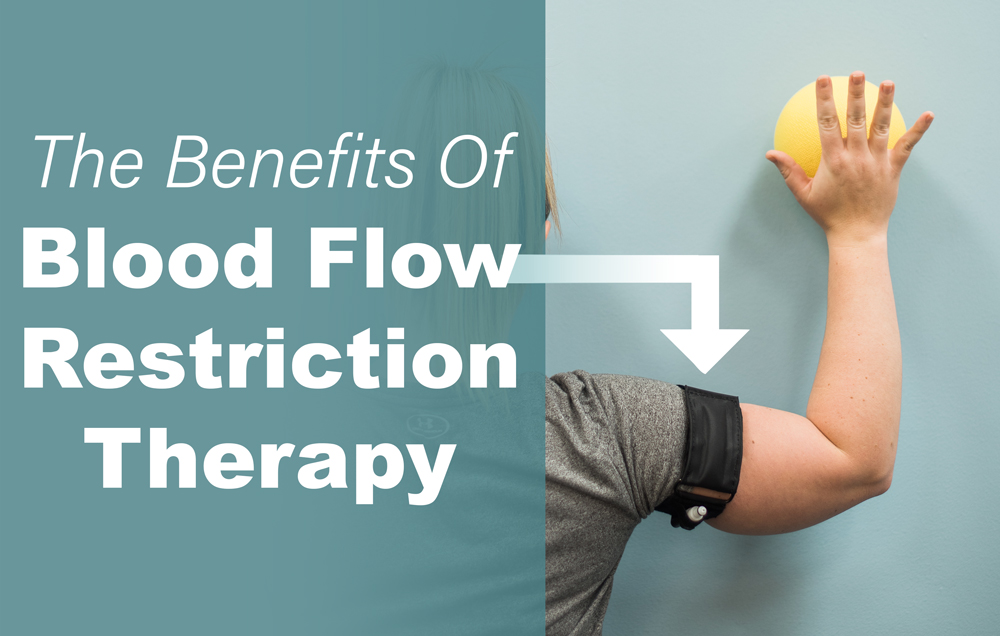

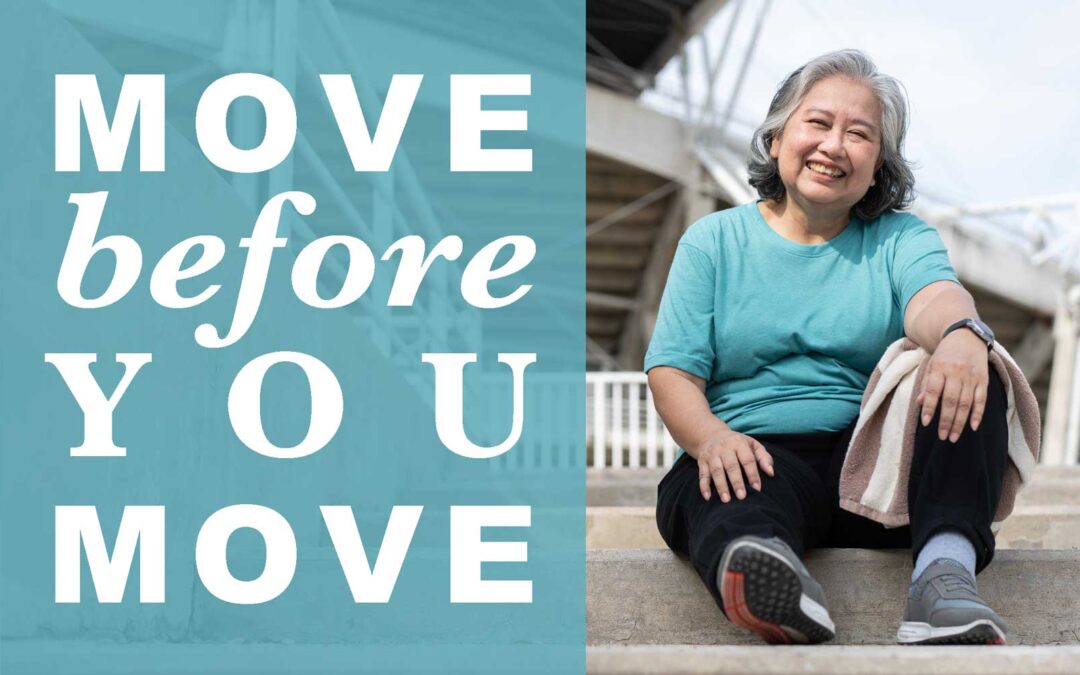
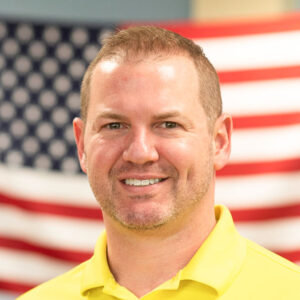


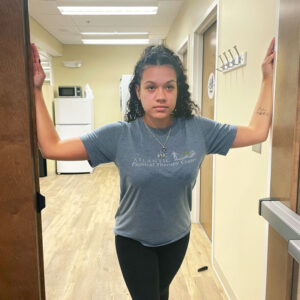
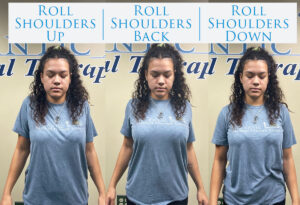
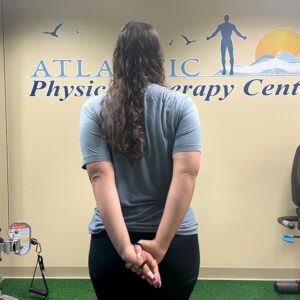


Recent Comments